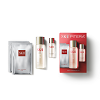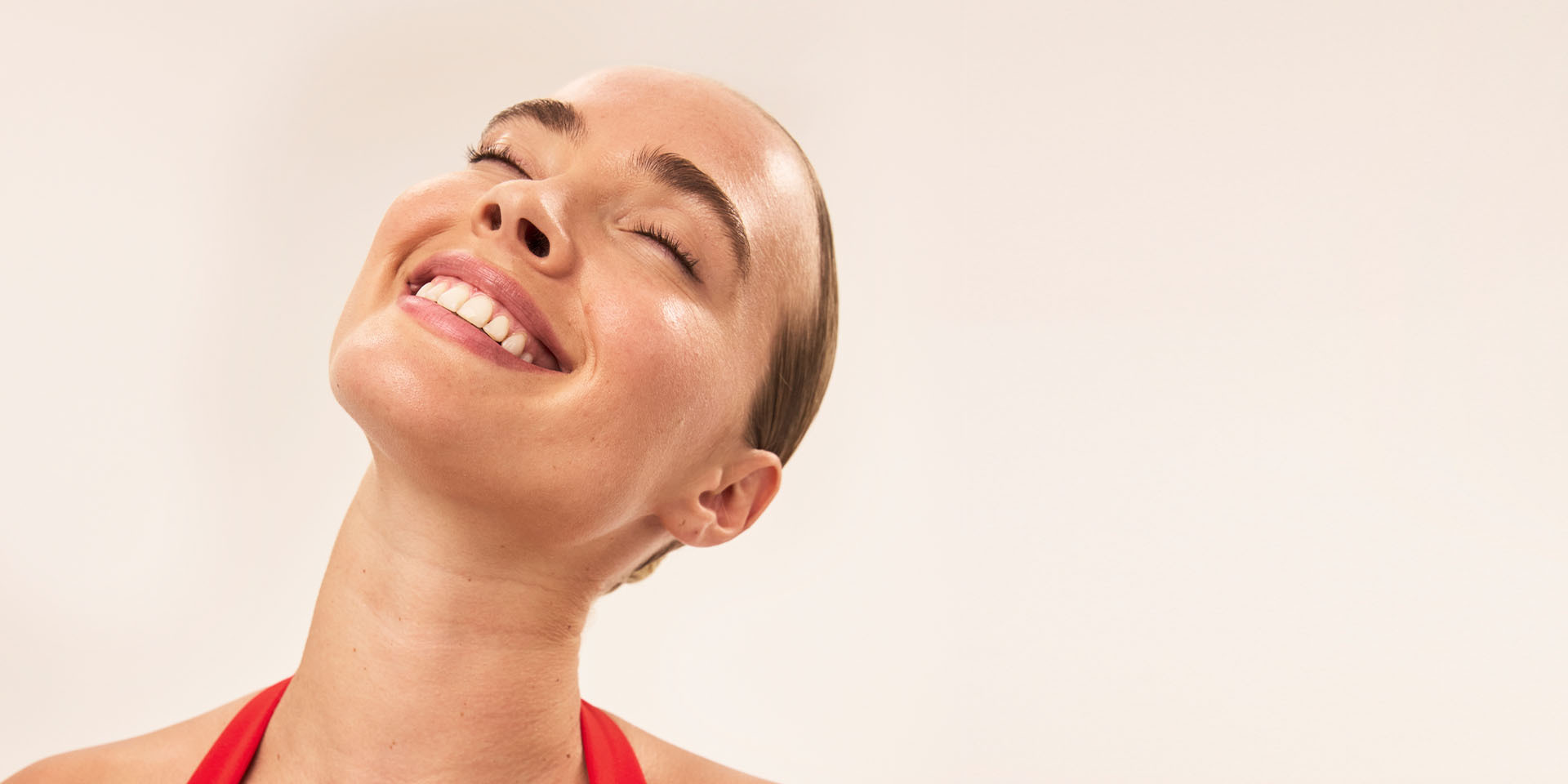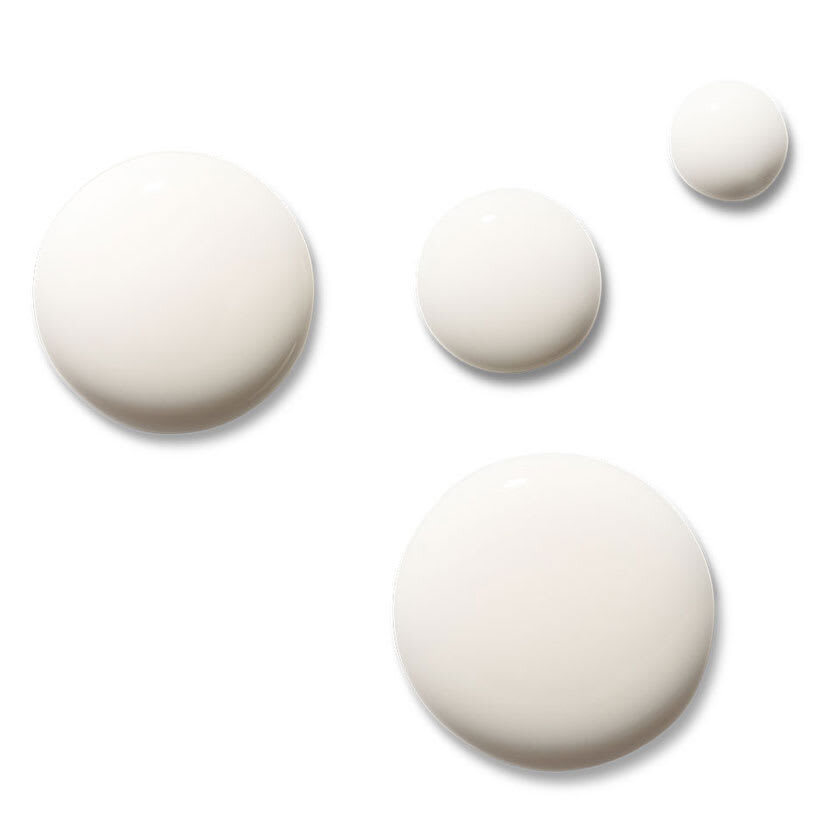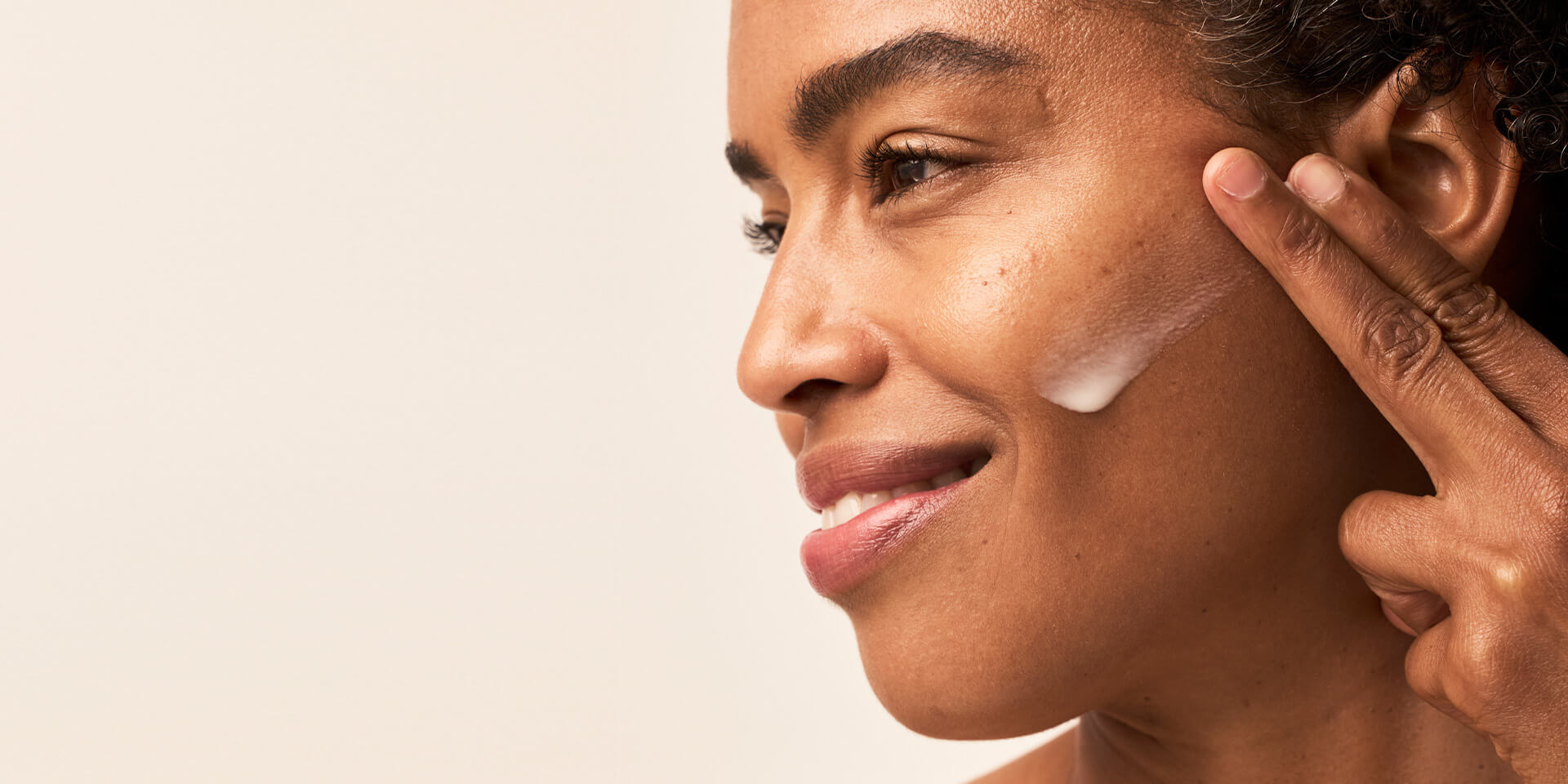-
Shop All
BY CATEGORYBY CONCERN
- SK-II Deal Days
- PITERA™ Essence
-
Skincare 101
FEATURED ARTICLESABOUT PITERAJ-BEAUTY
- Offers

Shop now. Pay later.
Always interest-free.
Add your favourites to cart
Select Afterpay at checkout
Log into or create your Afterpay account, instant approval decision
Your purchase will be split into 4 payments, payable every 2 weeks
You must be over 18, a resident of the U.S. and meet additional eligibility criteria to qualify. Late fees may apply. Estimated payment amounts shown on product pages exclude taxes and shipping charges, which are added at checkout. Click here for complete terms. Loans to California residents made or arranged pursuant to a California Finance Lenders Law license.© 2020 Afterpay








